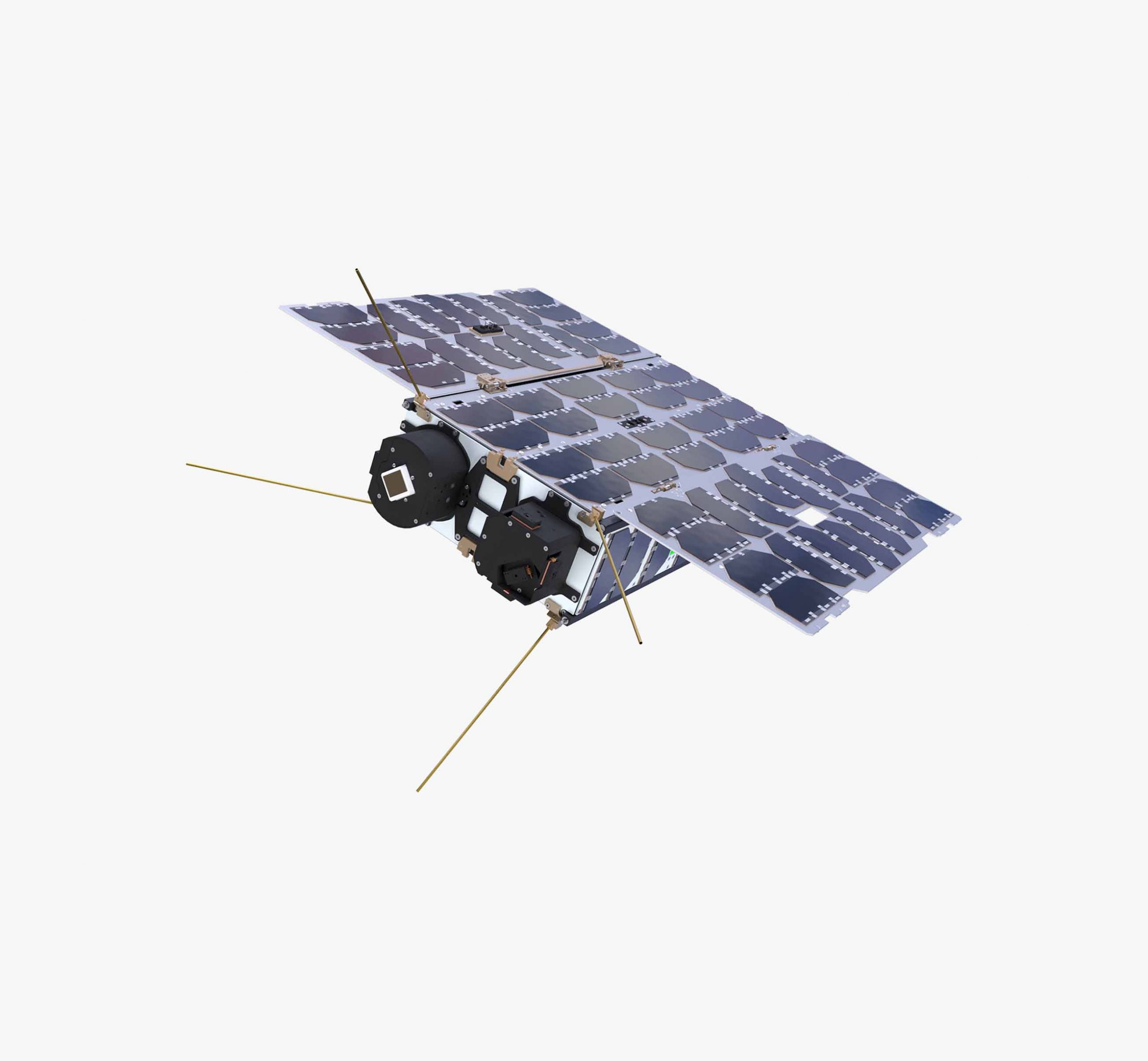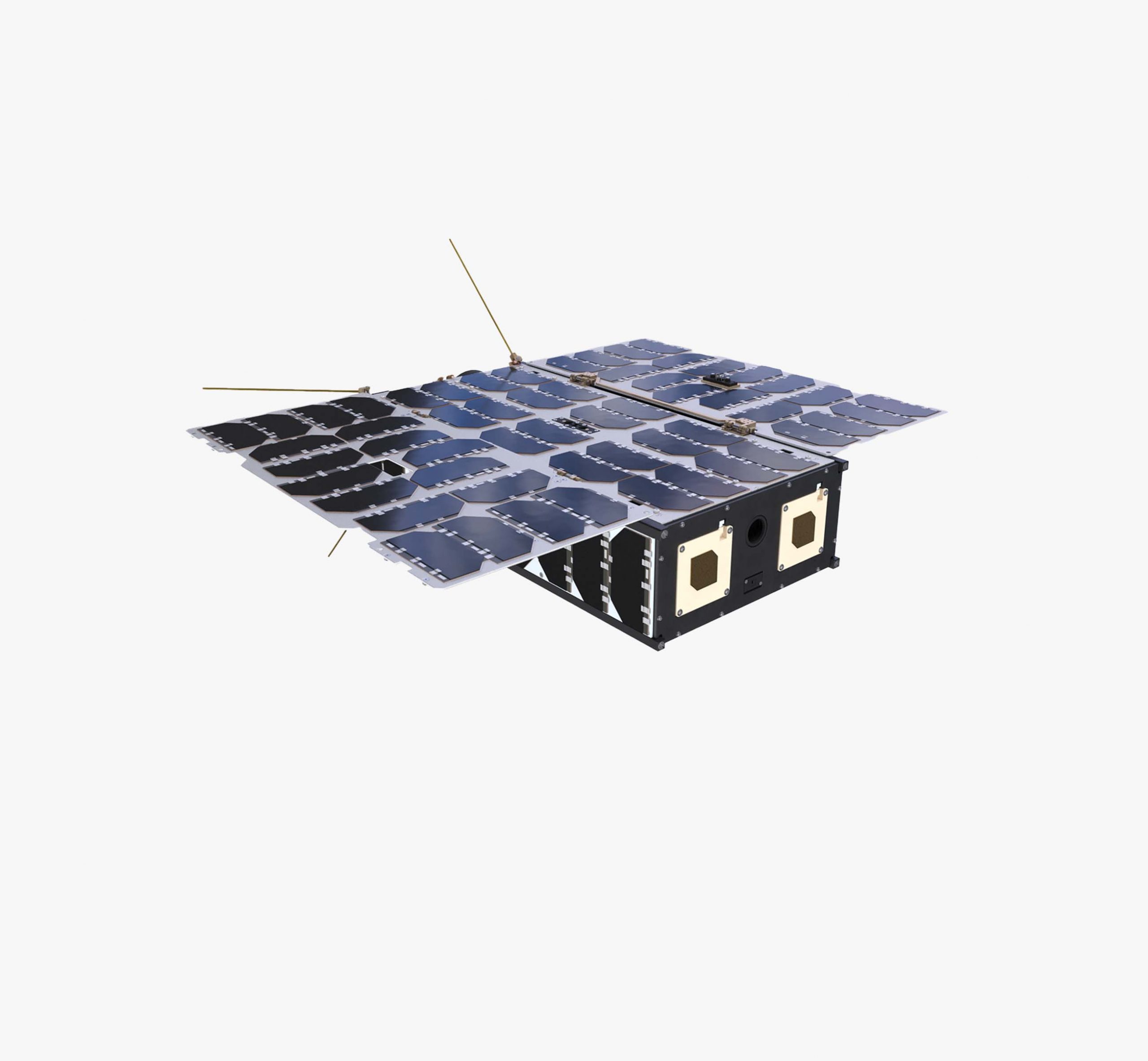Be part of the future with us!
Register now for our online product launch event on May 23rd.
Get Access to NanoAvionics Product Catalog with Tech Specs
NanoAvionics offers three standard M8P nanosatellite performance configurations – Light, Mid, and Max – providing options that best match customers’ payload, mission objectives, and budget. The standardized setups enable engineers to spend more development time and resources on high-level tasks, such as payload development and its support during operations.
Modern 8U CubeSats can provide significant levels of performance and data resolution with the advanced subsystems on today’s market. Our M8P is a powerful, pre-configured platform to support such technologies and has been specifically designed for optimum performance in demanding commercial settings.
For engineers assessing 6U options, note that this 8U is a viable alternative. The M8P can provide very similar average orbit power to a 16U nanosatellite, and improve mission capabilities and redundancy at only marginally increased production and launch costs compared to the M6P.
The bus has a modular design, making it simple to adapt and extend, depending on the mission requirements, and the system can be used for a diverse array of applications, as a solo satellite or in a constellation, including:
Beyond such primary mission objectives, a propulsion system enables greater versatility and extended operational lifetimes. This includes high-impulse maneuvers for collision avoidance, re-positioning, orbital changes, de-orbiting, precision flight formations, and atmospheric drag compensation.
All onboard systems also utilize radiation-tolerant components and have been carefully designed to enable both precise thermal control and robust, consistent power delivery.


Get Access to NanoAvionics Product Catalog with Tech Specs
NanoAvionics offers three standard M8P nanosatellite performance configurations – Light, Mid, and Max – providing options that best match customers’ payload, mission objectives, and budget. The standardized setups enable engineers to spend more development time and resources on high-level tasks, such as payload development and its support during operations.
Modern 8U CubeSats can provide significant levels of performance and data resolution with the advanced subsystems on today’s market. Our M8P is a powerful, pre-configured platform to support such technologies and has been specifically designed for optimum performance in demanding commercial settings.
For engineers assessing 6U options, note that this 8U is a viable alternative. The M8P can provide very similar average orbit power to a 16U nanosatellite, and improve mission capabilities and redundancy at only marginally increased production and launch costs compared to the M6P.
The bus has a modular design, making it simple to adapt and extend, depending on the mission requirements, and the system can be used for a diverse array of applications, as a solo satellite or in a constellation, including:
Beyond such primary mission objectives, a propulsion system enables greater versatility and extended operational lifetimes. This includes high-impulse maneuvers for collision avoidance, re-positioning, orbital changes, de-orbiting, precision flight formations, and atmospheric drag compensation.
All onboard systems also utilize radiation-tolerant components and have been carefully designed to enable both precise thermal control and robust, consistent power delivery.